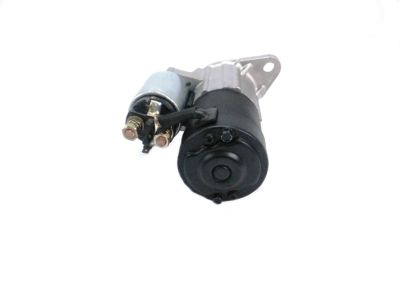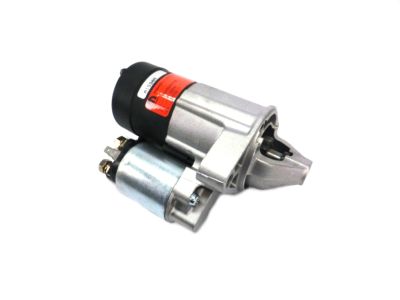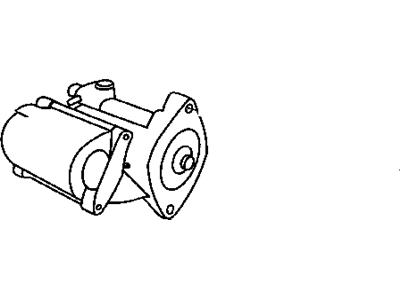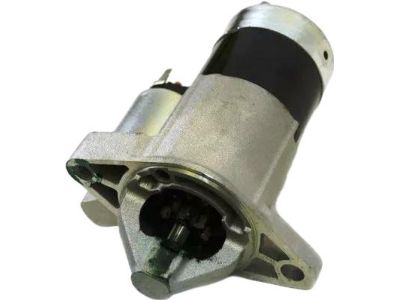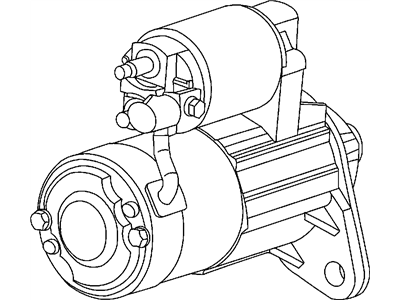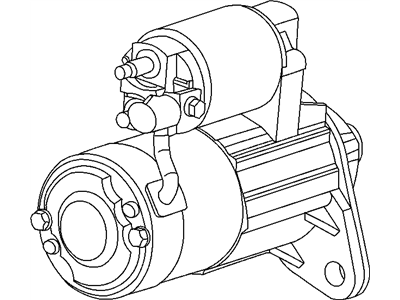
My Garage
My Account
Cart
Genuine Chrysler PT Cruiser Starter Motor
Starter Ignition- Select Vehicle by Model
- Select Vehicle by VIN
Select Vehicle by Model
orMake
Model
Year
Select Vehicle by VIN
For the most accurate results, select vehicle by your VIN (Vehicle Identification Number).
8 Starter motors found

Chrysler PT Cruiser Starter Motor Reman
Part Number: R5033067AB$165.83 MSRP: $195.00You Save: $29.17 (15%)
Chrysler PT Cruiser Engine Starter
Part Number: 5033067AB$270.29 MSRP: $403.00You Save: $132.71 (33%)
Chrysler PT Cruiser Starter Motor
Looking for affordable and high-quality auto parts? Then you have already arrived at the proper online shop. We offer all Chrysler PT Cruiser Starter Motor at great affordable prices. Moreover, all genuine Chrysler PT Cruiser Starter Motor come with a manufacturer's warranty. In the long run, you would realize you have saved a lot of trouble and money with OEM parts from here.
Chrysler PT Cruiser Starter Motor Parts Questions & Experts Answers
- Q: What should you do if a malfunction occurs in the starting circuit and Starter Motor on Chrysler PT Cruiser?A:Malfunctions in the starting circuit should not necessarily immediately be blamed on the starter. First, clean and make sure that the Battery Cable clamps are tightly connected and replace any bad battery cables, also conduct tests on the battery and replace if it is bad. Also, inspect the starter solenoid wiring and connection, tighten the starter mounting bolts and the ignition SW circuit. Also, examine the operation of the Park/Neutral Position switch or clutch start switch, For vehicles with automatic transmissions, the shift lever must be in PARK OR NEUTRAL position For those vehicles with manual transmission the clutch pedal should be depressed. The other component that should be also inspected is the starter relay which is positioned in the fuse/relay box located in the engine bay. If the starter does not engage when the ignition switch is changed to start position, then check the voltage to solenoid to know whether it is getting correct voltage signal or not. If voltage is there but the starter motor does not engage then remove the starter and take it for testing. If the starter turns over slowly, touch voltage probe to the starter terminal and measure the cranking voltage If the voltage limit is approached or reached, measure the current draw from the battery. Sometimes, starters fail to activate although there is power supply to the starter If this is the case, you should remove the starter/ solenoid assembly, take it to the bench as the solenoid might be bad. At times check that the engine is not seized by trying to turn the crankshaft pulley. When inspecting of the starter/solenoid assembly, first attach the clips of the jumper cables to the battery and then apply current to the terminal of the solenoid and examine the functioning of the solenoid plunger as well as the pinion drive to establish if the assembly is good or not.
